On Friday the 27th of September, as part of the Discover Research Night we opened the doors of the department to the public. We decided that since we have a museum full of some really cool stuff, we could use it to demonstrate some of the research in the department.
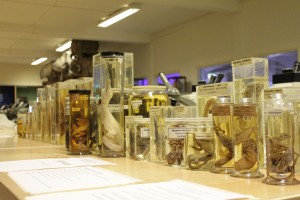
Since the research night had a mix of students, families and the generally curious we introduced each tour with some of the j-awesome teeth (I make no apologies for puns) to demonstrate the basics of ecology and evolution. So, with the help of Baleen, shark jaws, elephant molars and the jaw-dropping narwhal tusk we whetted the audience’s appetite to see just what evolution can do to modify a few teeth in order to match a particular ecology (okay I apologise for some of the puns).
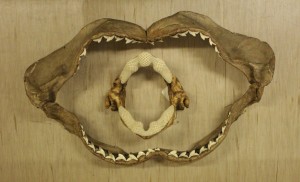
We then used some of the more mobile museum specimens (although the pilot whale skull we brought up from the basement would argue against that) to set up a game of “guess that longevity” to help explain some up and coming NERD club research.
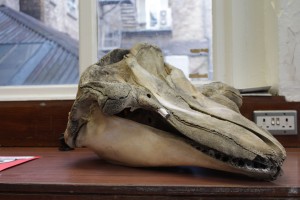
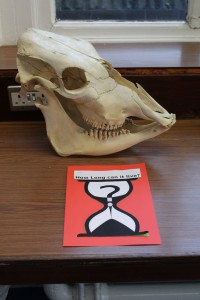
This worked really well and I think people became really engaged with the idea that there is so much variation in how long animals live, especially the sturgeon that can live over 150 years. It’s then an easy sell to explain the basis of our new paper which shows that species with lower external mortality (those that can avoid danger such as by flying) live longer than expected for their size (stay posted for more info on that soon!).
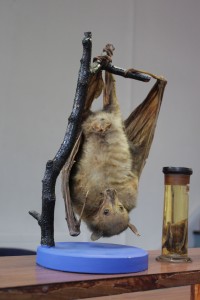
We finished up the tour by displaying some of our individual research such as some upcoming T.rex modelling (with added Jurassic Park music), a possible new bird species (and some spot the difference) and some obligatory lasers (one guy even came to ask if he could use the scanner for his golf clubs!?). It was also a great excuse to roll out those conference posters that are often treated like an Irish convertible that only gets a spin out once a summer!
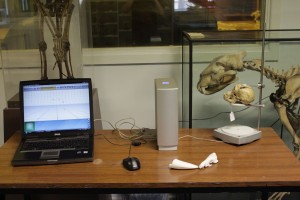
In the context of trying to engage the public with research I found it to be in complete contrast to my previous experiences as although we managed to get nearly 200 people into the department we really got the chance to explain face to face why what we do is interesting and cool (an easy task when holding a stuffed platypus) but then also explain some of the possible applications that might not be obvious (such as medical or ecological). It also allowed us to talk about the things that are interesting to the public themselves instead of continually telling them what they should be interested in.
All and all the night went great and I think everyone, including some of the specimens enjoyed the night!
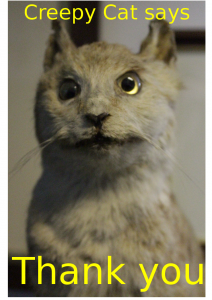
Author and Photo Credits:
Kevin Healy: healyke[at]tcd.ie, @healyke

